Wear OS was teetering on the edge of oblivion not so long ago but around the middle of last year manufacturers actually started putting some decent specs in their smartwatches — ie. more RAM. Since then Wear OS watches have been acceptable but still not stunning. This year we saw Qualcomm finally update their Snapdragon Wear chipset to the Wear 4100 and there is finally some more glimmer of hope on the horizon.
While we wait for this chipset to arrive in smartwatches there is something to be said for watches that performed well with a Snapdragon 3100 chipset. Last year I had the pleasure of reviewing the Diesel On Axial and it was one watch that flourished in a dull landscape. Now we have managed to get our hands on the Suunto 7 fitness smartwatch and have to say that it is another one where the experience is enjoyable.
Suunto is a sportswatch brand but they have decided to make the decision to run their sports apps on top of Wear OS. For this reason we have high hopes for it, a sportswatch that also is able to function fully as a smartwatch.
Design
The design of the watch that Suunto sent us is a striking cream with rose gold buttons, bezel, and buckle – obviously designed for a more feminine touch. The design itself though, ignoring the colourway, is a stylish design.
The face of the watch is encircled by a metallic, raised ring with three metallic buttons on the right and one on the left. Each button has a specific function with the top left button the back button, the top right a quick workout start button, the middle right button to control your music and the bottom right to start the stopwatch.
The back button now being on the top left took some getting used to but eventually it became second nature. The buttons are easy to press and are incredibly responsive although their “spongyness” does make me wonder how long they will last – I have not seen any complaints online about them so I assume they last just fine.
The Suunto 7 is equipped with GPS, GLONASS, QZSS, BEIDOU satellite systems along with support for barometric altitude and as such can track even your longest workouts — the GPS seemed accurate for me for all of my workouts, tracking the route on the maps included along with the distance accurately.
As you would expect the Suunto 7 comes with the on-wrist optical HR sensors (but does not support external HR sensors). The sensor is accurate at all times throughout exercise picking up rises and dips in the heart rate as exercise intensity increased or decreased.
Other notable hardware inclusions are 5ATM water and dust resistance, 1GB of RAM, 4.5GB of usable space, NFC for Google Pay and Wi-Fi (no LTE)
Display
There is no excuse for an average display in 2020 and Suunto have not put one in the Suunto 7 – and you would hope not for the price you pay for it. The display is a 1.39-inch AMOLED display with a resolution of 454 x 454 pixels. It looks great in all levels of brightness.
The auto-brightness is very responsive and to be honest I didn’t notice it changing it did it so seamlessly. Suunto also include a sunlight boost if you are in direct sunlight and need to see more detail on the watch but even when out in the sun I was able to easily see the basics without doing that.
The band
The band on the Suunto 7 we received was a very rubbery soft band that while was secure and allowed for more give while exercising – for example the stretchiness of the band allowed for it to be worn while playing basketball without it getting too tight or caught on anything – ie. It could stretch as required. In everyday use though the rubbery band was possibly a bit grippy on the wrist to be considered super comfortable. Luckily enough if this affects you the band is easily interchangeable with any 24mm watch band.
Watch Software
I’m not going to cover Wear OS itself because we have covered it ad nauseum but instead focus on Suunto’s additions. On top of Wear OS they have not included a heap of additions though but their vast array of workouts that can be started from on the watch make it do just what it is meant to do – monitor your exercise no matter what it is.
The watch faces Suunto have included is very disappointing considering there is so many possibilities for them to enable users to be able to view their recorded results etc on the fly with a watch face. Instead they have included 5 watch faces – and one of those is the Google Fit watch face. Lucky for you, me and everyone else there are a LOT of watchfaces available on the Play Store (I prefer to use Facer or Watchmaker to find my faces).
One thing the watch did not do is attempt to add an exercise automatically based on my movements. There were a couple of times this last week where I went for a jog, played basketball etc when it said I had a rest day and not exercise was done. It would have been nice for it to register something here rather than just steps – it seems that 24/7 heart rate is difficult to turn on.
From the Android app you can also create custom exercises/workouts to be tracked but that is about it. The app on the phone is basically a better way to keep track of your exercise rather than actually control the watch functionality.
The Suunto Android app is not up there with the Polar Android app. The details recorded are fairly extensive still and would certainly be enough for most people. During a workout it was still able to record time, distance, speed (ave and max), calories, steps, average heart rate and max heart rate along with a …. – just make sure you remember to start a workout if you want all of this recorded.
How is it as a smartwatch?
The Suunto 7 works beautifully as a smartwatch. It is one of the more responsive Wear OS watches I have ever used with the notifications etc all showing and interacted with just as you would expected. There is a very occasional slowdown which can be attributed to Wear OS/SD3100 but in the end I had no issues using this sportswatch as my smartwatch on a day-to-day basis.
Battery Life
Suunto claim a battery life of two days with the Suunto 7 and while I was unable to get quite that it was pretty darn close. Wearing it 24/7 I was easily about to get 30-36 hours of use from a single charge. This is possibly the best battery life I have ever seen from a Wear OS watch.
Conclusion
I have used a few dedicated sportswatches in my time but most of them have lacked the smart capabilities. The Suunto 7 offers the best of both worlds. Not only can it perform nearly all functions that you would expect a sports watch to do but it looks great and behaves and acts as well as any other Wear OS smartwatch.
If you are a super serious athlete the Polar Vantage V2 may be more up your alley but if you are something short of a competitive/ professional triathlete then the Suunto 7 will most likely be good enough for you.
I can recommend the Suunto 7 for you but before purchasing take into account the price and the fact that within the next few months we will see Wear OS smartwatches arriving with the new and improved Snapdragon 4100 chipset – hopefully solving all Wear OS issues.
If you can pick one up cheap then it may be worth it but I would most definitely considering waiting a few weeks to see if Suunto announce a Suunto 8 running on a SD4100 at CES. I can’t wait to check out a Suunto smartwatch with SD4100 onboard.
For now though, the Suunto 7 is the best Wear OS sportswatch available on the market. If you must have it now you can grab it from Suunto or JB Hi-Fi for $599 which is certainly not cheap for either a Wear OS smartwatch nor a sportswatch but remember Boxing Day is this coming weekend so you may be able to grab it on sale.


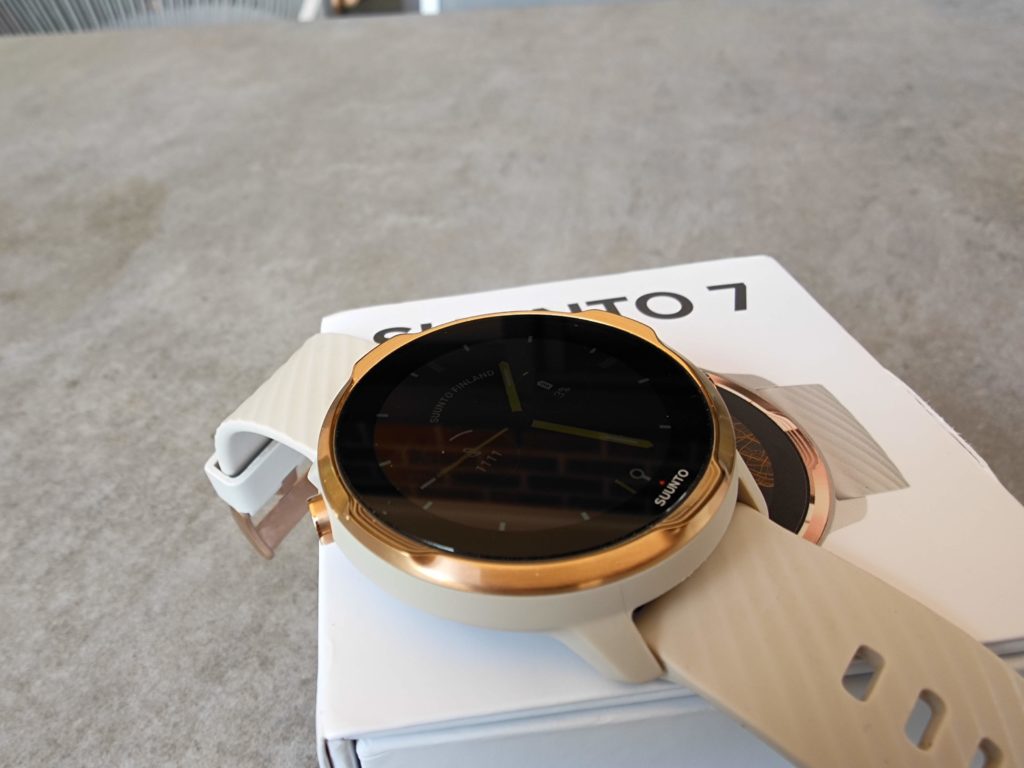
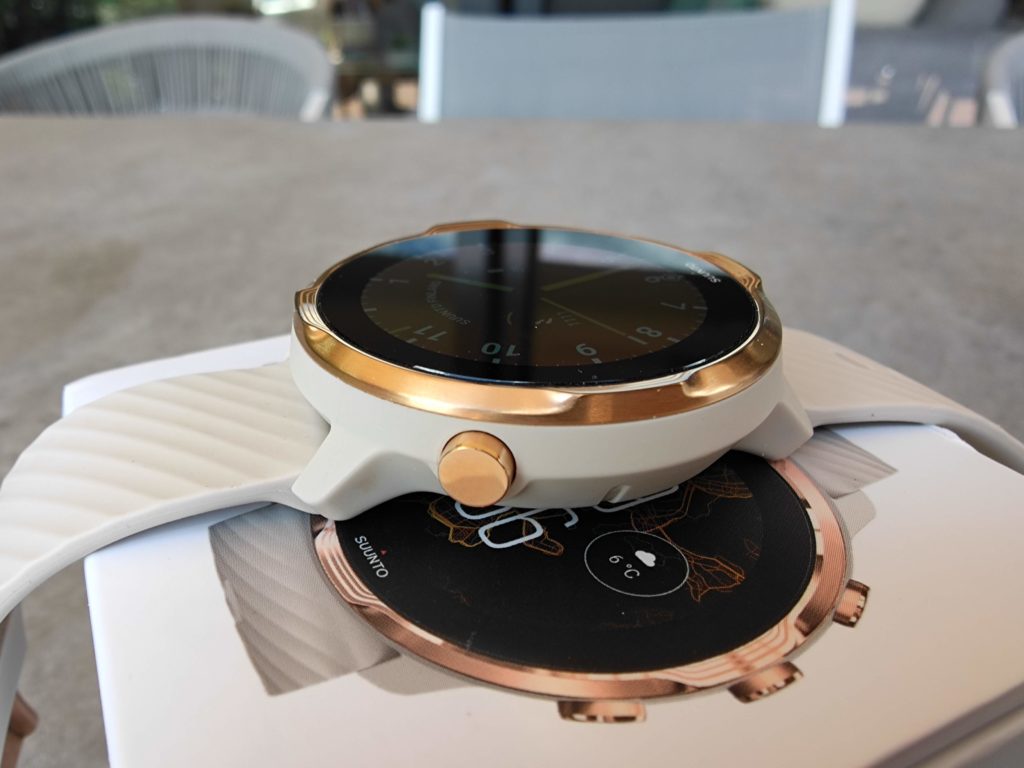
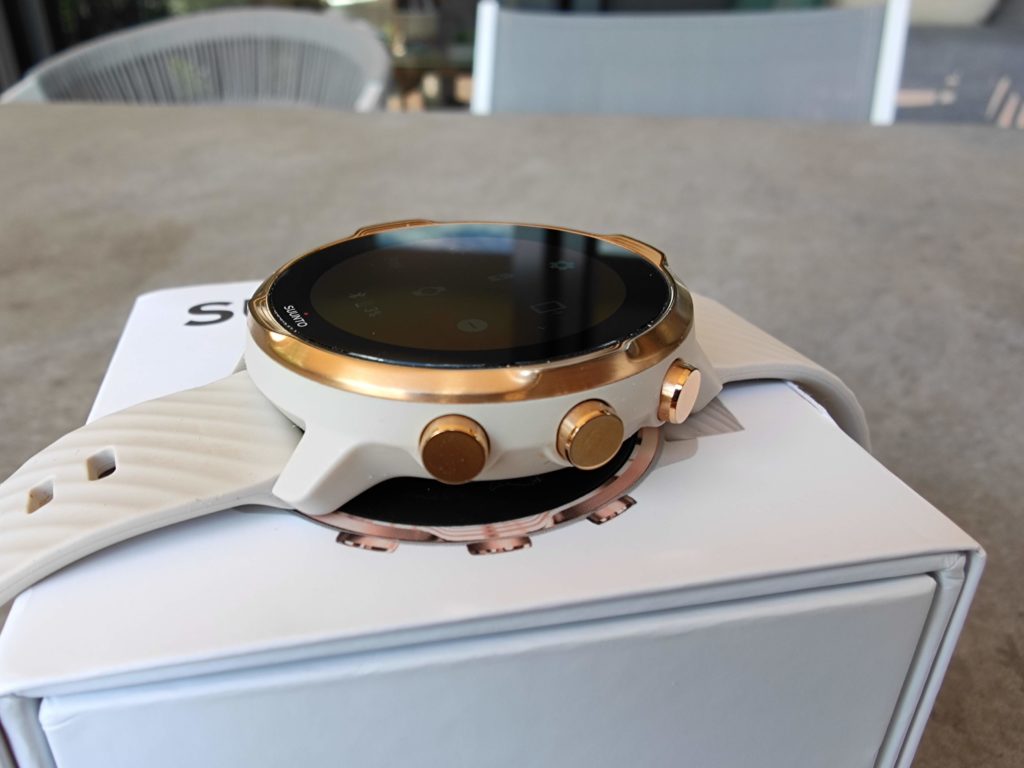
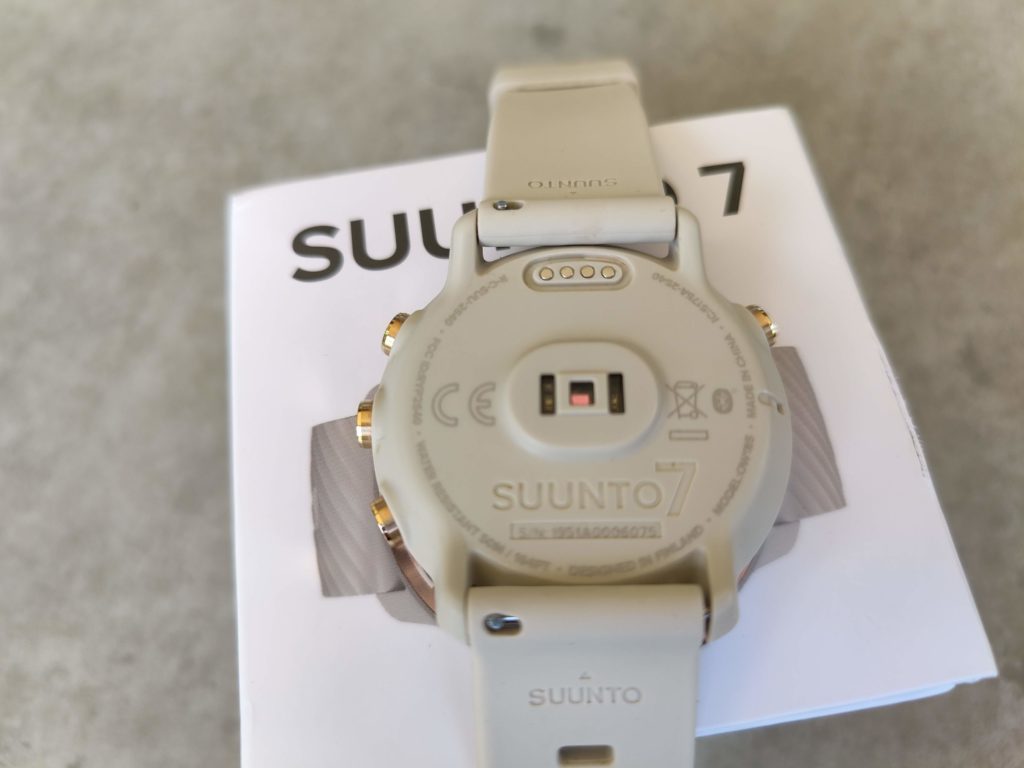












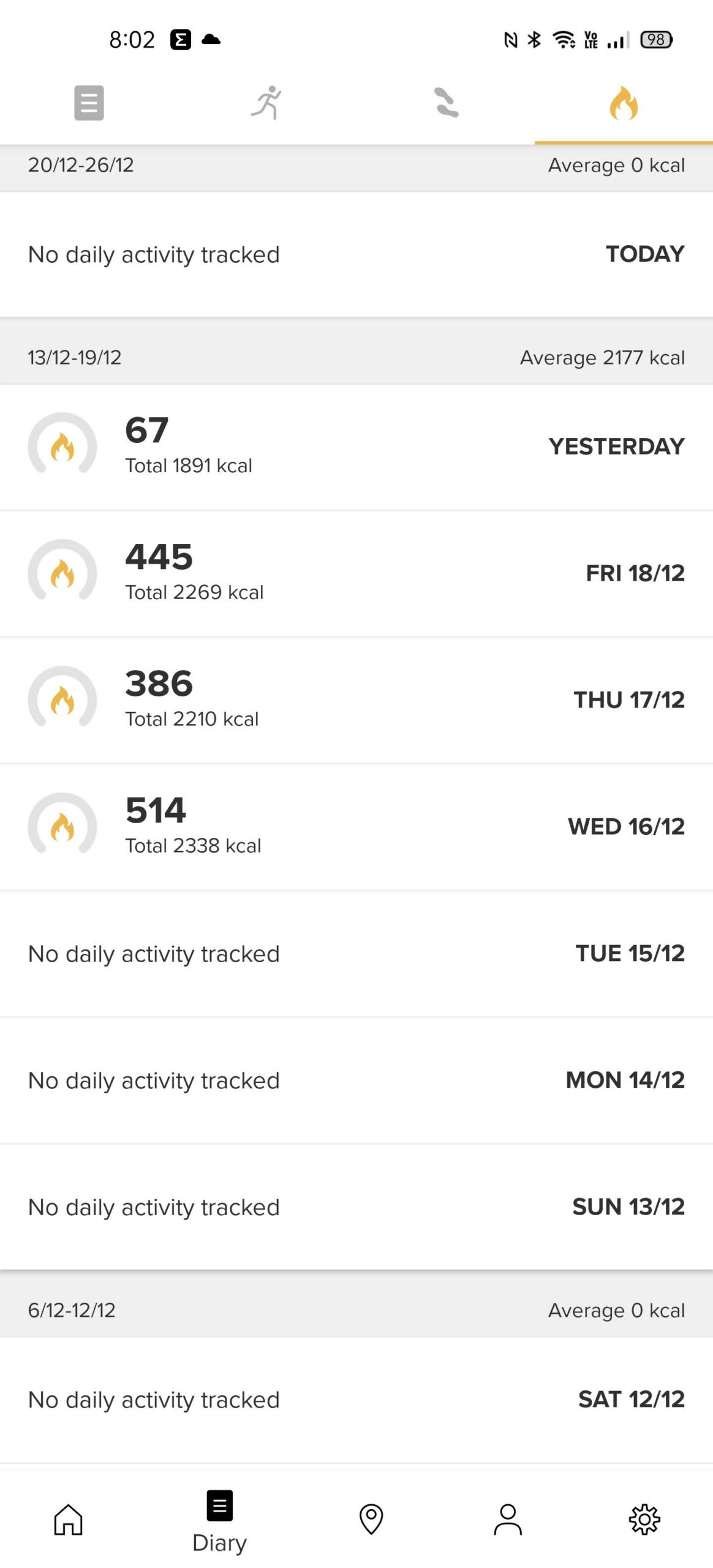
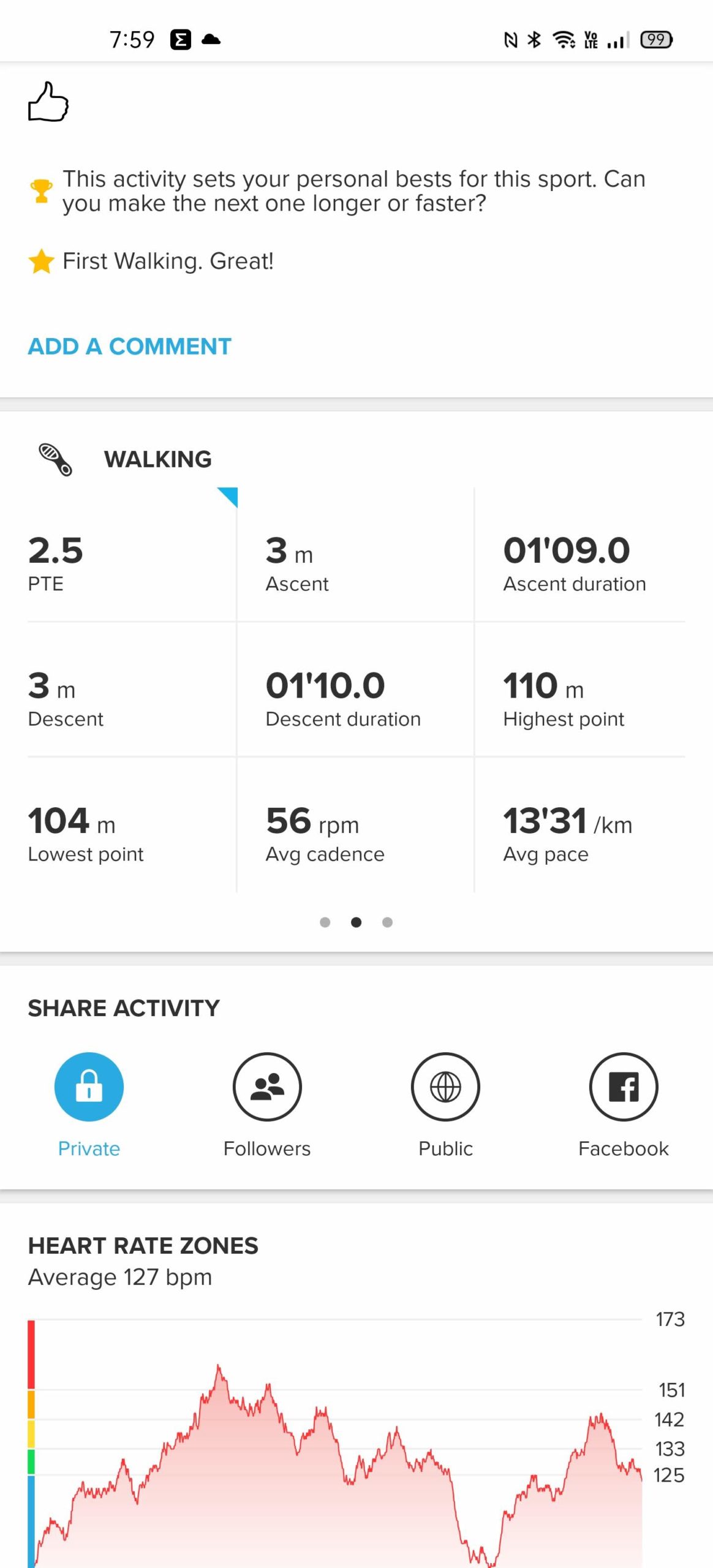


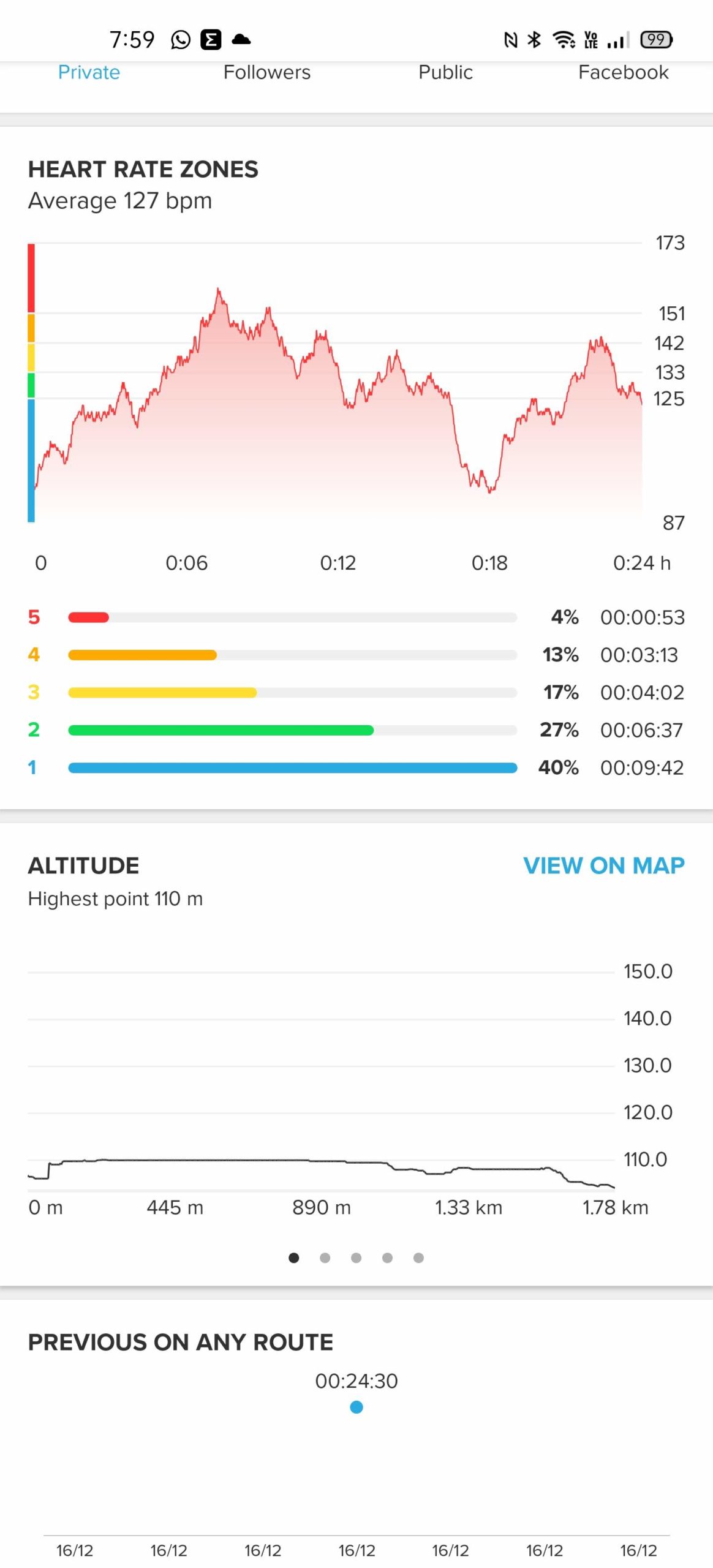




This is THE best smart watch of 6 that I’ve owned. Refused to buy Fossil ever again, after that crap Sports model. Best decision I ever made, will never go back to Fossil